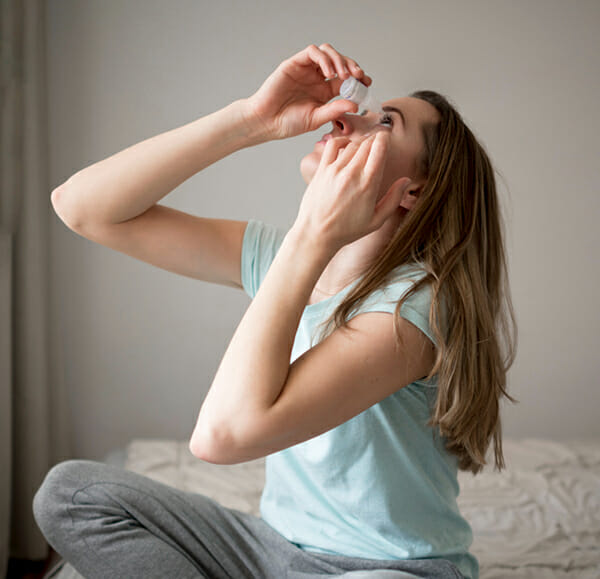Effectiveness of Xiidra and Restasis
Mechanism of action for each medication
Xiidra vs Restasis, the two prescription medications, are designed to treat the signs and symptoms of dry eye disease. Xiidra works by blocking a type of protein called interleukin-1 receptor, which plays a key role in inflammation in the eyes. By blocking this protein, Xiidra reduces inflammation and helps increase tear production.
Restasis, on the other hand, is an immunosuppressive medication that works by suppressing the immune system in the eyes. It contains the active ingredient cyclosporine, which helps reduce inflammation and increases tear production by suppressing the T-cells in the eyes.
Unlike over-the-counter eye drops, the Xiidra vs Restasis comparison highlights the longer-lasting relief these medications may provide for dry eye symptoms. In addition, Xiidra and Restasis may be more effective for people with moderate to severe dry eye syndrome, who may not experience significant relief from over-the-counter treatments.
Clinical trial data comparing Xiidra and Restasis
When comparing Xiidra vs Restasis through clinical trial data, several studies have revealed interesting findings. One study compared the efficacy and safety of Xiidra and Restasis in patients with moderate to severe dry eye disease. The study found that both medications significantly improved symptoms of dry eye disease, but Xiidra was found to be more effective than Restasis in reducing symptoms of eye dryness and improving the overall quality of life of the patients.
Another study compared the efficacy of Xiidra and Restasis in patients with dry eye disease who also had meibomian gland dysfunction. Meibomian gland dysfunction is a common condition that occurs when the oil glands in the eyelids become clogged, leading to not enough of the lipid layer which protects the tears from evaporating. The study found that both medications were effective in improving symptoms of dry eye disease, but Xiidra was more effective in improving meibomian gland function and reducing inflammation.
Comparing Patient satisfaction ratings for Xiidra vs Restasis
Patient satisfaction is an important factor when it comes to treating dry eye disease. According to a survey conducted by Consumer Reports, patients who used Xiidra reported higher satisfaction rates than those who used Restasis. The survey found that 63% of patients who used Xiidra reported significant improvement in their dry eye symptoms, compared to 54% of patients who used Restasis.


















